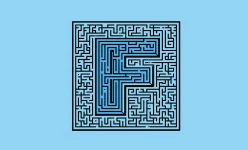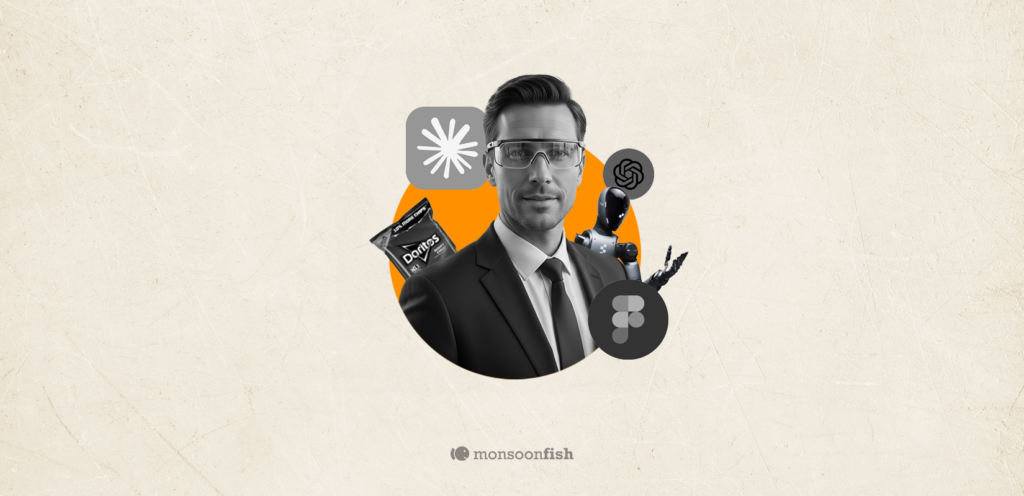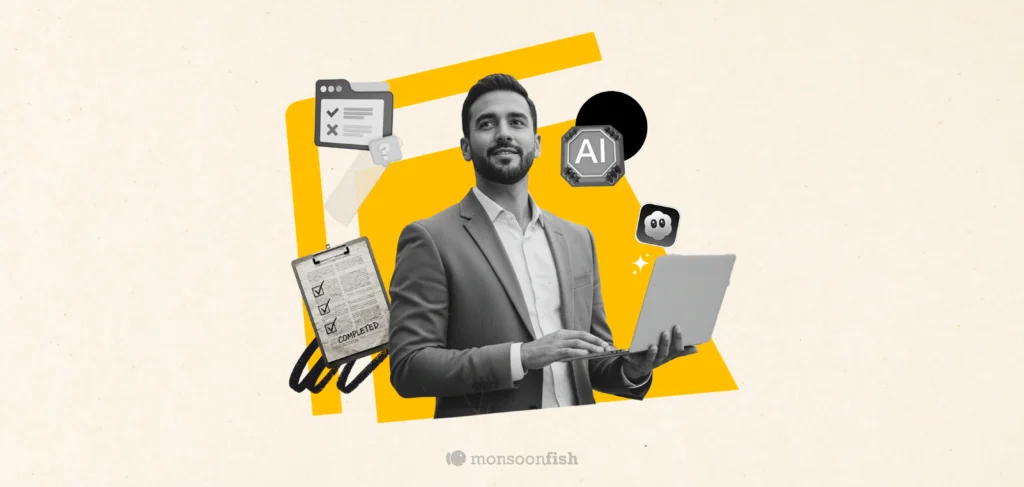Tesler's law
The simpler it seems on the surface, the more complicated it is in the background.

Tesler’s law
When Neel moved into his new apartment, he was excited to set up his smart home system. He wanted everything—lights, thermostat, security cameras, and even his coffee maker—to work seamlessly with a single voice command.
After some research, he bought a top-rated smart home hub. To him, it seemed almost magical: he could simply say, “Good night,” and the lights would dim, the doors would lock, and the thermostat would adjust to the perfect temperature.
But what Neel didn’t see was the complexity behind the scenes. The smart home system had to interpret his command, communicate with multiple devices from different brands, and ensure everything responded instantly and correctly. Engineers had spent years developing intricate software, refining integrations, and solving compatibility issues—all so Neel could enjoy a simple, hassle-free experience.
One day, Neel’s friend Amit visited and was amazed by how effortless everything seemed. “This must have been so easy to set up!” he said. Neel just laughed—he remembered the hours spent configuring devices, linking accounts, and troubleshooting errors. While using the system was simple, making it simple had been anything but.
Tesler’s Law highlights that complexity in a system doesn’t disappear—it just shifts. In great user experiences, designers and engineers handle the complexity behind the scenes so users can enjoy seamless, intuitive interactions. Neel’s smart home felt effortless, not because it was simple, but because all the complexity was hidden beneath the surface.
Contents
CATEGORIES

























